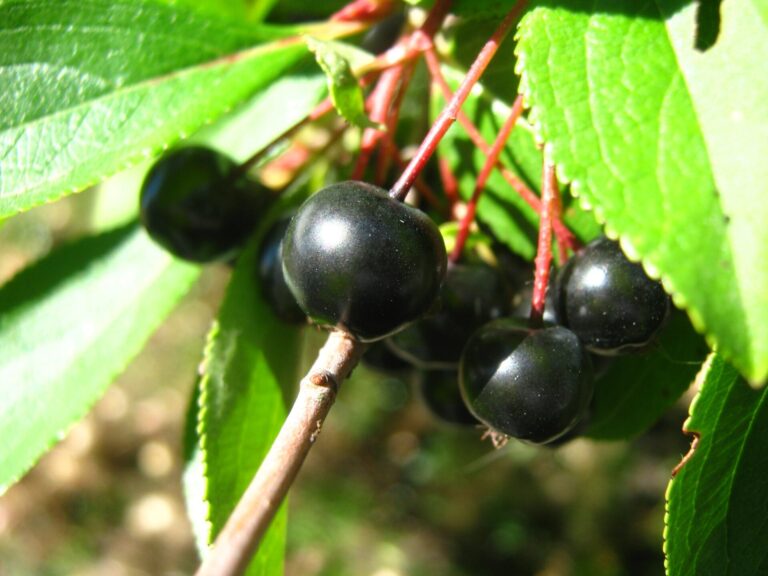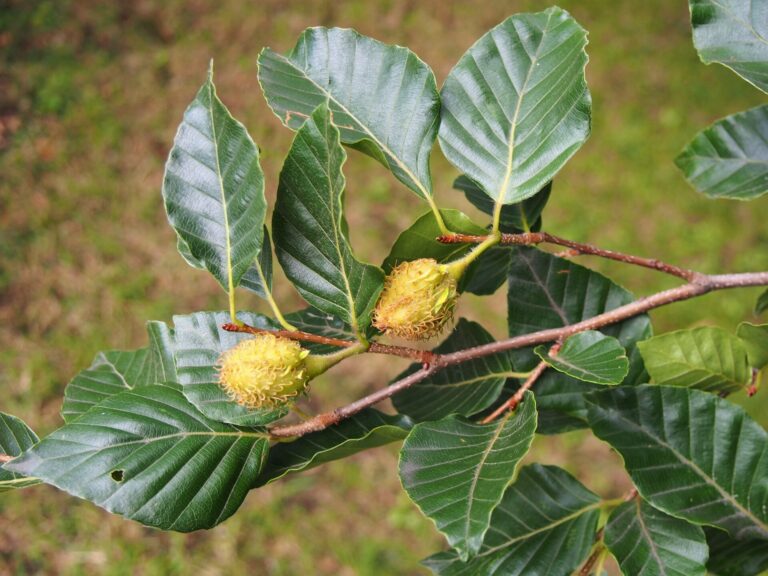
Almond Tree
The deciduous almond tree’s fruit is a drupe, encased by an outer hull containing a woody shell. Within the genus Prunus, it is classified with the peach in the subgenus Amygdalus, Almonds trees produce very sweet blossoms in the spring, to attract the bees for pollination. Don’t be alarmed if your trees are crawling with bees. That’s what you want.



















